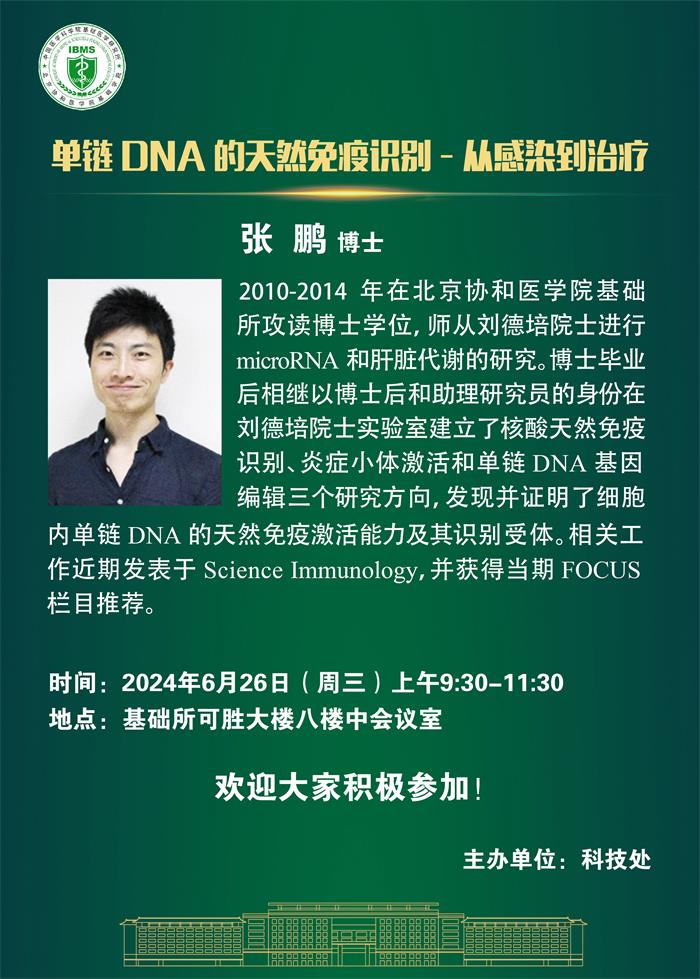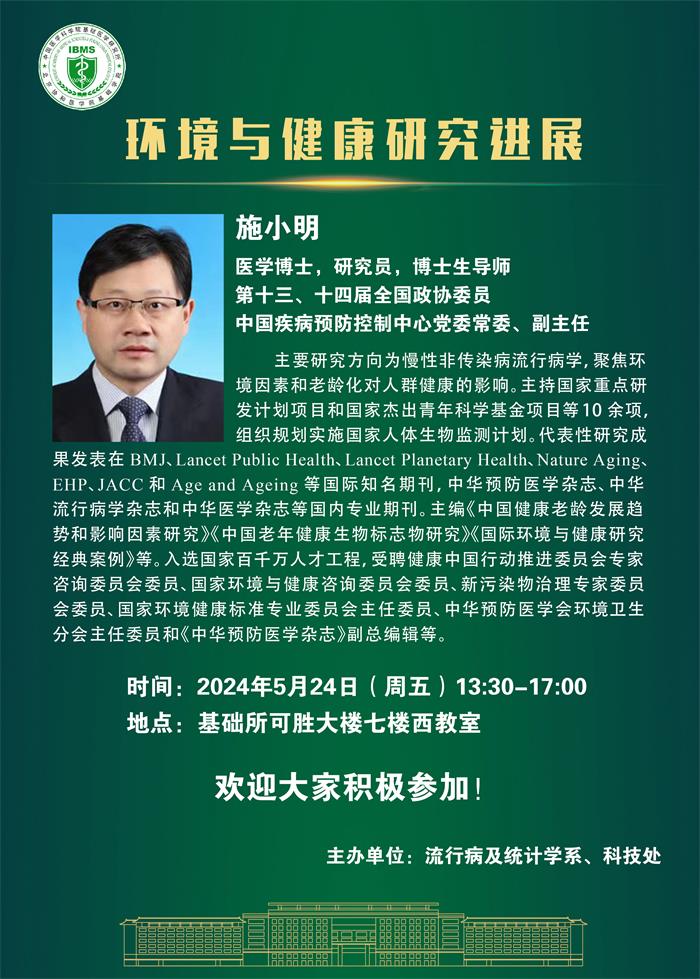Conservation and Identity Selection of Cationic Residues Flanking the Hydrophobic Regions in Intermediate Filament Superfamily
Wenbo Zhang 1, Mingwei Liu 1, Robert L
Dupont 2, Kai Huang 3, Lanlan Yu 1, Shuli Liu 4, Xiaoguang Wang 2 5, Chenxuan
Wang 1
Front Chem.2021 Sep 2;9:752630. doi:
10.3389/fchem.2021.752630.
PMID: 34540811
Abstract
The interplay between the hydrophobic
interactions generated by the nonpolar region and the proximal functional
groups within nanometers of the nonpolar region offers a promising strategy to
manipulate the intermolecular hydrophobic attractions in an artificial molecule
system, but the outcomes of such modulations in the building of a native
protein architecture remain unclear. Here we focus on the intermediate filament
(IF) coiled-coil superfamily to assess the conservation of positively charged
residue identity via a biostatistical approach. By screening the
disease-correlated mutations throughout the IF superfamily, 10 distinct
hotspots where a cation-to-cation substitution is associated with a pathogenic
syndrome have been identified. The analysis of the local chemical context
surrounding the hotspots revealed that the cationic diversity depends on their
separation distance to the hydrophobic domain. The nearby cationic residues
flanking the hydrophobic domain of a helix (separation <1 nm) are relatively
conserved in evolution. In contrast, the cationic residues that are not
adjacent to the hydrophobic domain (separation >1 nm) tolerate higher levels
of variation and replaceability. We attribute this bias in the conservation
degree of the cationic residue identity to reflect the interplay between the
proximal cations and the hydrophobic interactions.





